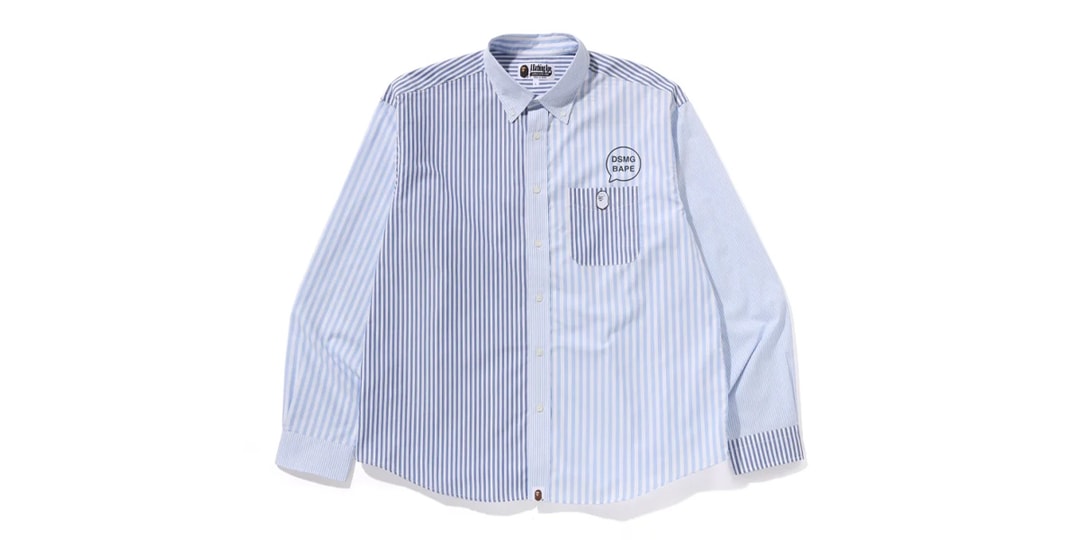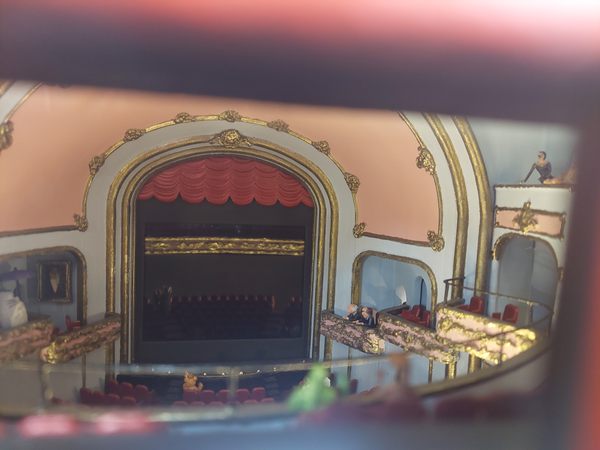Nintendo Switch 2 vs. Nintendo Switch OLED
How does the new Switch console compare to its OLED-equipped predecessor?


Price-conscious gamers have been debating whether or not the Nintendo Switch 2 is worth investing in, especially those who never owned an original Switch. And ever since we learned Switch 2’s exact specs, the burning question is how it compares to its predecessor, and particularly, the most modern model: Switch OLED.
If you’re considering an original Switch – and particularly, the most modern model of the bunch, the Switch OLED – rather than investing in a new one or waiting on stock to stabilize, here’s how the Switch 2 compares to Switch OLED.
Nintendo Switch 2 vs. Nintendo Switch OLED: Price
Being the newest and best-performing make of the original Switch models, the OLED is the most expensive of the bunch. If you’re stuck between choosing the Switch OLED and the Switch 2 with price acting as a primary concern, the Switch OLED is your best bet: It’s $349, which is $100 cheaper than the Switch 2’s $449 price tag. However, Switch OLED has been out for years, so it’s sometimes sold for as low as $279 during sales events. Bundles are also a great way to save money if you were already planning to buy the game, with the Super Mario Wonder OLED bundle available for its base price of $349. Regardless of the Switch you opt for, it’s best to make the decision soon. The 90-day tariff pause lifts in July, and there’s no telling what prices will look like when they go through. Xbox has already raised prices across its hardware and accessories, with the Xbox Series X now at $599 compared to its $499 launch price. Nintendo Switch 2 accessories like the new Joy-Con and Pro Controllers also saw $5 price increases “due to changes in market conditions” according to Nintendo. It’s absolutely possible that any and all Switch models will suffer similar hikes. Still, based solely on a dollar-amount value, the Switch OLED pulls ahead here. Winner: Nintendo Switch OLED Nintendo Switch 2’s official specs were confirmed in mid-May, so we can directly compare those to its predecessor’s. Its Nvidia T239 SoC utilizes Ampere architecture for its GPU, which was featured in Nvidia’s RTX 30-series graphics cards. Its 1,536 CUDA cores puts it below even the weakest RTX 30-series GPU (RTX 3050 Mobile), but it’s still significantly more powerful than the original Switch. It’s also rated for 3.07 TFLOPs in docked mode, while a handheld gaming PC like the Asus ROG Ally X is rated for up to 8.6 TFLOP, making the Switch 2 far weaker on paper. However, optimization goes a long way for a console, and we’re still expecting excellent performance throughout Switch 2 titles. The Nintendo Switch OLED features a Nvidia Tegra X1 SoC and utilizes Maxwell architecture for its GPU. Its 256 CUDA cores puts it far below the Switch 2 in power. Considering the console is 4 years old, it’s no surprise that the architecture lags behind modern machines, as it’s found in GPUs from 2014 (like the GTX 750 and 980). The Switch 2’s RAM has also been buffed to 12GB through two 6GB sticks – 3GB are dedicated to the operating system itself, while 9GB are available for developers to utilize in games. Its speed is similarly improved, coming in at 102GB/s docked and 68GB/s in handheld mode. The Switch OLED has 4GB of RAM: 0.8GB is reserved for the operating system and 3.2GB for games. Its speed of 25.6GB/s docked and 21.3GB/s handheld is significantly slower than the Switch 2. Switch OLED pushes ahead in one avenue, which is right there in the name: OLED technology is typically coupled with dimmer panels, but paves the way for more vibrant screens with inkier, deeper blacks. A Switch 2 OLED model is likely within Nintendo’s future plans for the console, but as it stands, those going for the launch model of the Switch 2 are stuck without it. Switch 2’s 7.9-inch LCD at 1080p is an improvement in size and resolution, though. It’s by far the largest Switch yet, and the leap to HD is more than welcome. On the other hand, the Switch OLED’s 7-inch 720p screen is smaller and less crisp. Other improvements include 256GB of storage (versus OLED’s 64GB) and two USB Type-C ports, whereas the original only had one. Nintendo Switch 2 is a newer machine with improved hardware, so the winner here is clear. Switch OLED users will quickly find themselves left behind in power. Switch 2 and Switch OLED are largely similar in features, including their versatile ergonomic modes going from tabletop to handheld to docked, brought to life by detachable Joy-Con and a kickstand to prop the console up. Switch 2 is taking those existing features a few steps further: The kickstand is now a U-shaped bar, whereas the OLED model was akin to a plastic plate. Switch 2 has upgraded to Magnetic Joy-Con controllers that are pushed into or pulled away from the sides of the console, rather than the OG Switch’s method of sliding the Joy-Con into place. Switch 2 also benefits from backward compatibility, meaning most Switch games can be played on the new machine (and some will get spec bumps and add-ons for Switch 2 – for a price, of course). Plenty of new features are coming to Switch 2 as well: The Joy-Con function as mice and can be used as an alternative way to play games like Metroid Prime 4: Beyond. By dragging the Joy-Con against a surface – including your own hand or pants, according to Nintendo producer Kouichi Kawamoto – players can aim Samus’ weapons as if playing on PC. But it’s more than just an optional feature: Some games, like Drag X Drive, require it. Switch 2 is trying out a newfound focus on community through its GameChat feature. The newly added “C” button opens up the GameChat menu to perform voice calls, video chats, and screen sharing directly through the console (whereas the original Switch required a mobile application for online communication). This is possible through a microphone built into the Switch 2, and a camera peripheral is sold separately for those interested in video chat. Unfortunately, GameChat will only be free up until March 31, 2026, which is when Nintendo Switch Online memberships will be necessary to use it. The Switch 2’s additional features crush the original Switch without a question. Mouse functionality, GameChat, and magnetic Joy-Con on top of everything else the original Switch got right makes this successor soar. Winner: Nintendo Switch 2 Nintendo Switch 2 is an enormous improvement in performance, hardware, and features. Switch OLED pulls ahead in affordability with its gorgeous OLED panel, but players will quickly find themselves locked out of exclusives like Mario Kart World, Donkey Kong Bananza, and Kirby Air Riders. After all, the Switch OLED is a 4-year-old console, and investing this late into the game is a waste of money. Besides, the Switch OLED isn’t that much cheaper than the Switch 2. It’s one thing if you’re interested in the Switch Lite, which is only $199, but if you’re going to spend as much as $350, you might as well pay a little extra for the $450 console that can play the old and new. Claire finds joy in impassioned ramblings about her closeness to video games. She has a bachelor’s degree in Journalism & Media Studies from Brooklyn College and seven years of experience in entertainment journalism. Claire is a stalwart defender of games as an artform and spends most days overwhelmed with excitement for its past, present and future. When she isn't writing or playing Dark Souls, she can be found eating chicken fettuccine alfredo and gushing about handheld gaming PCs.Nintendo Switch 2 vs. Nintendo Switch OLED: Specs and Performance
Nintendo Switch 2 vs. Nintendo Switch OLED: Software and Features
The Winner Is… the Nintendo Switch 2





































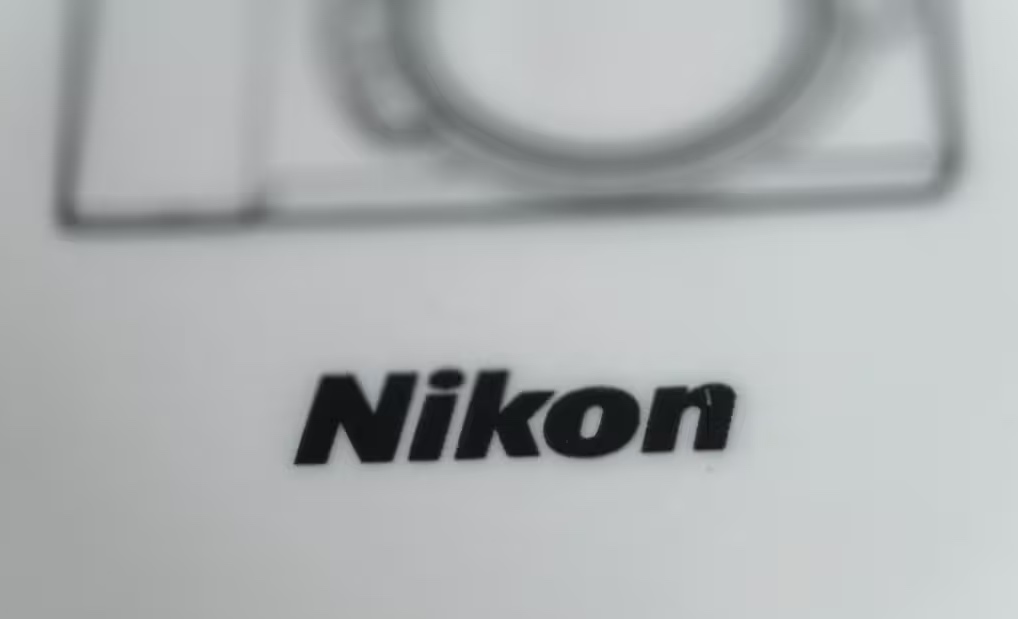



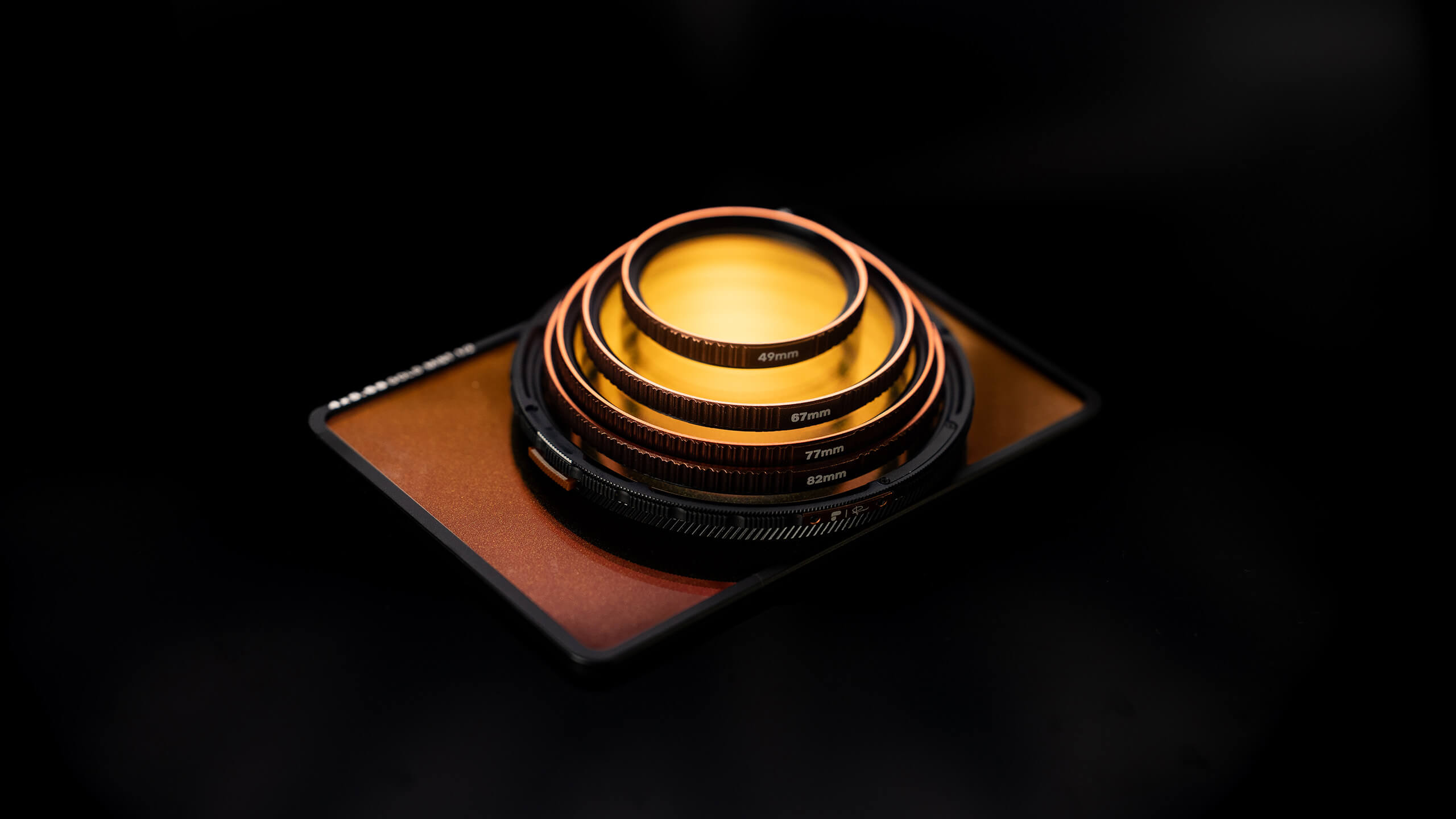










![Rune Slayer Trello and Discord Links [RERELEASE]](https://www.destructoid.com/wp-content/uploads/2025/02/Screenshot-2025-02-24-1528111.jpg?quality=75)




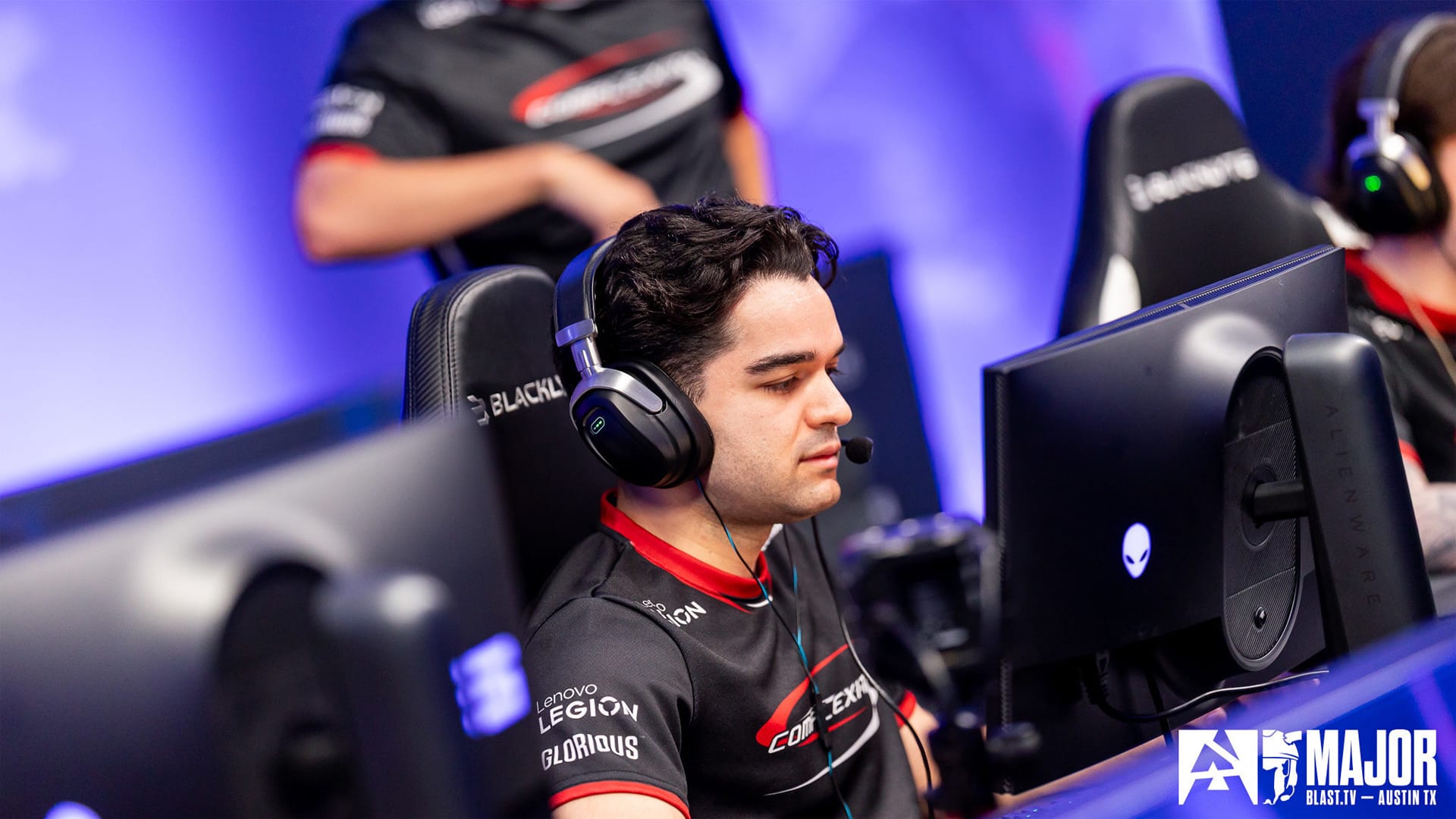
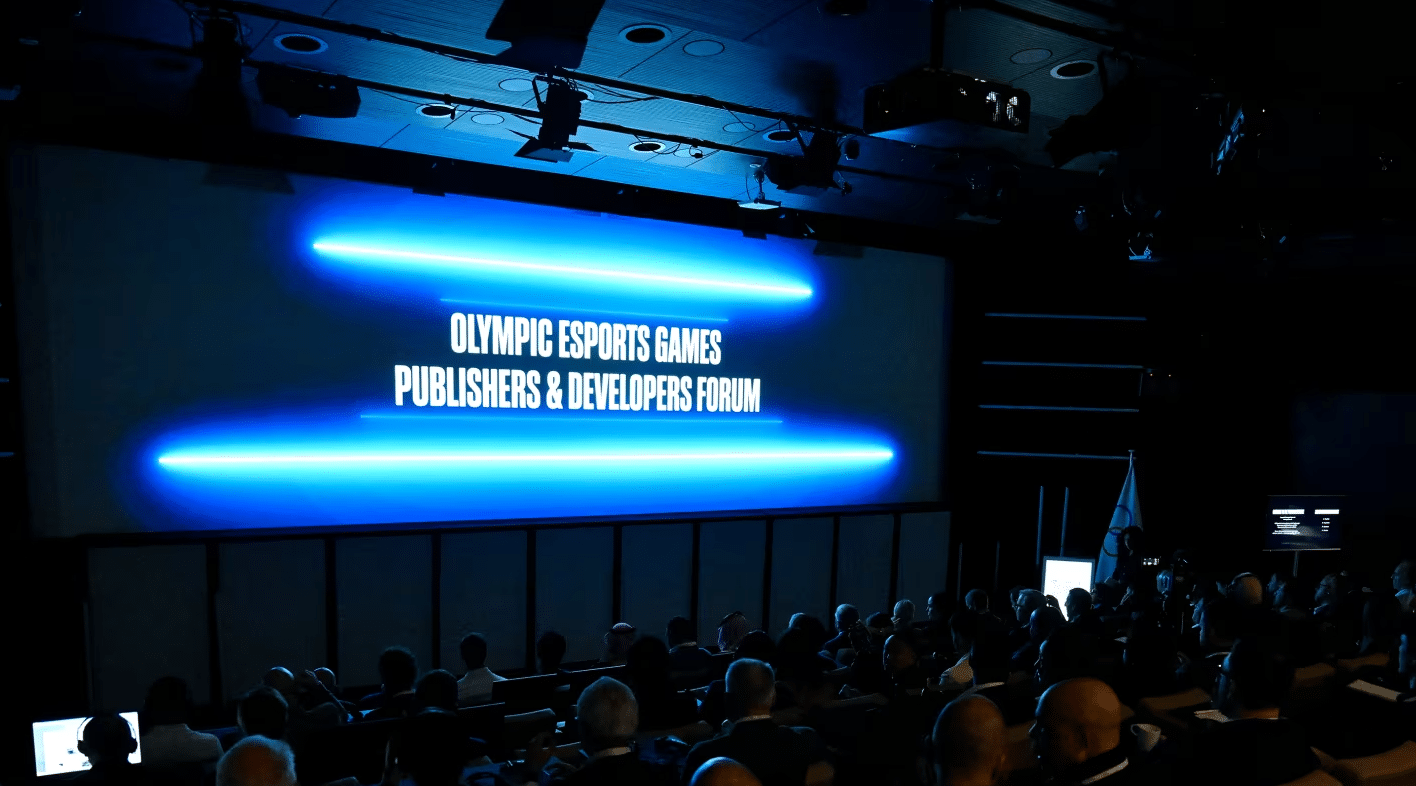
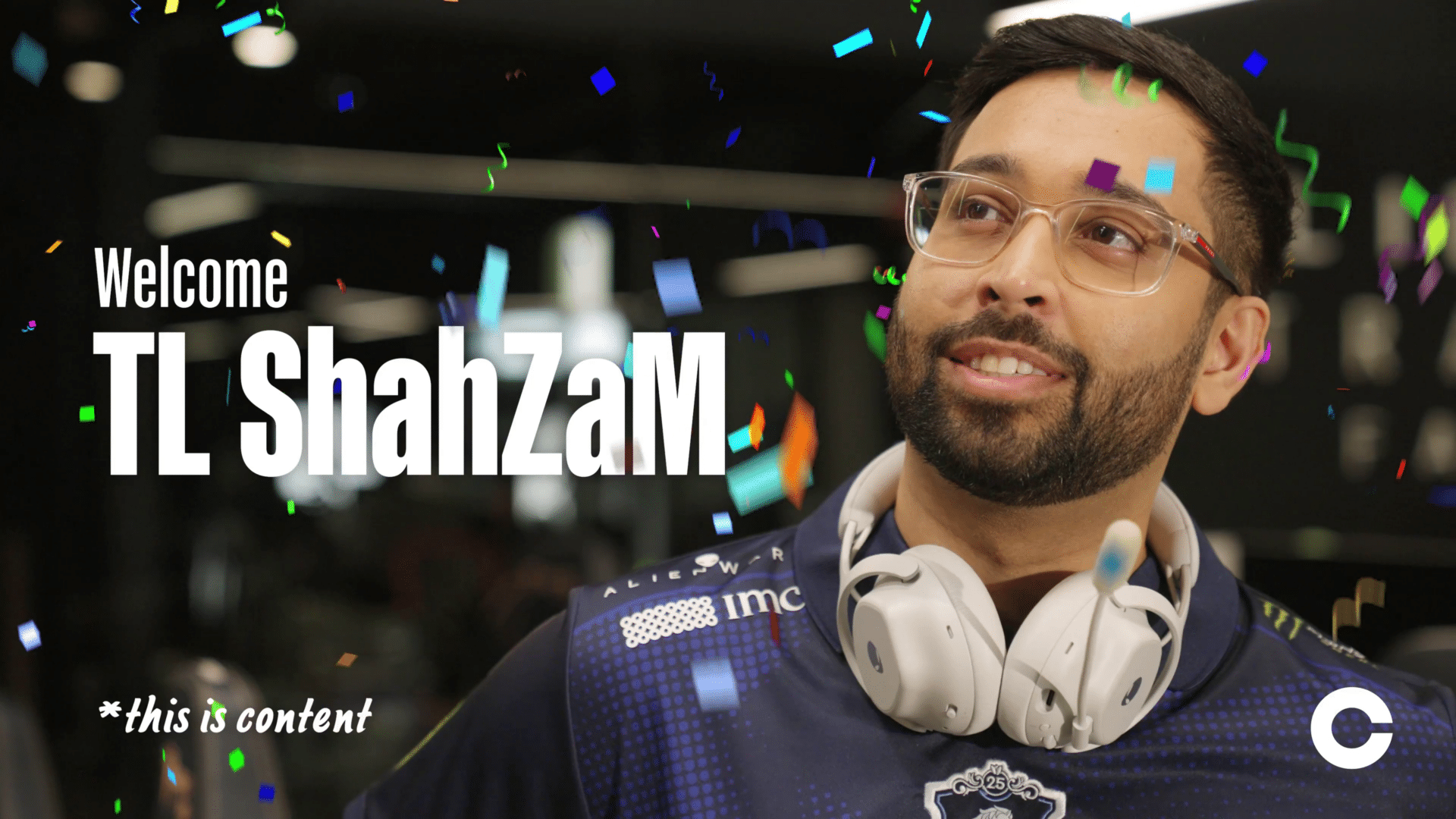


















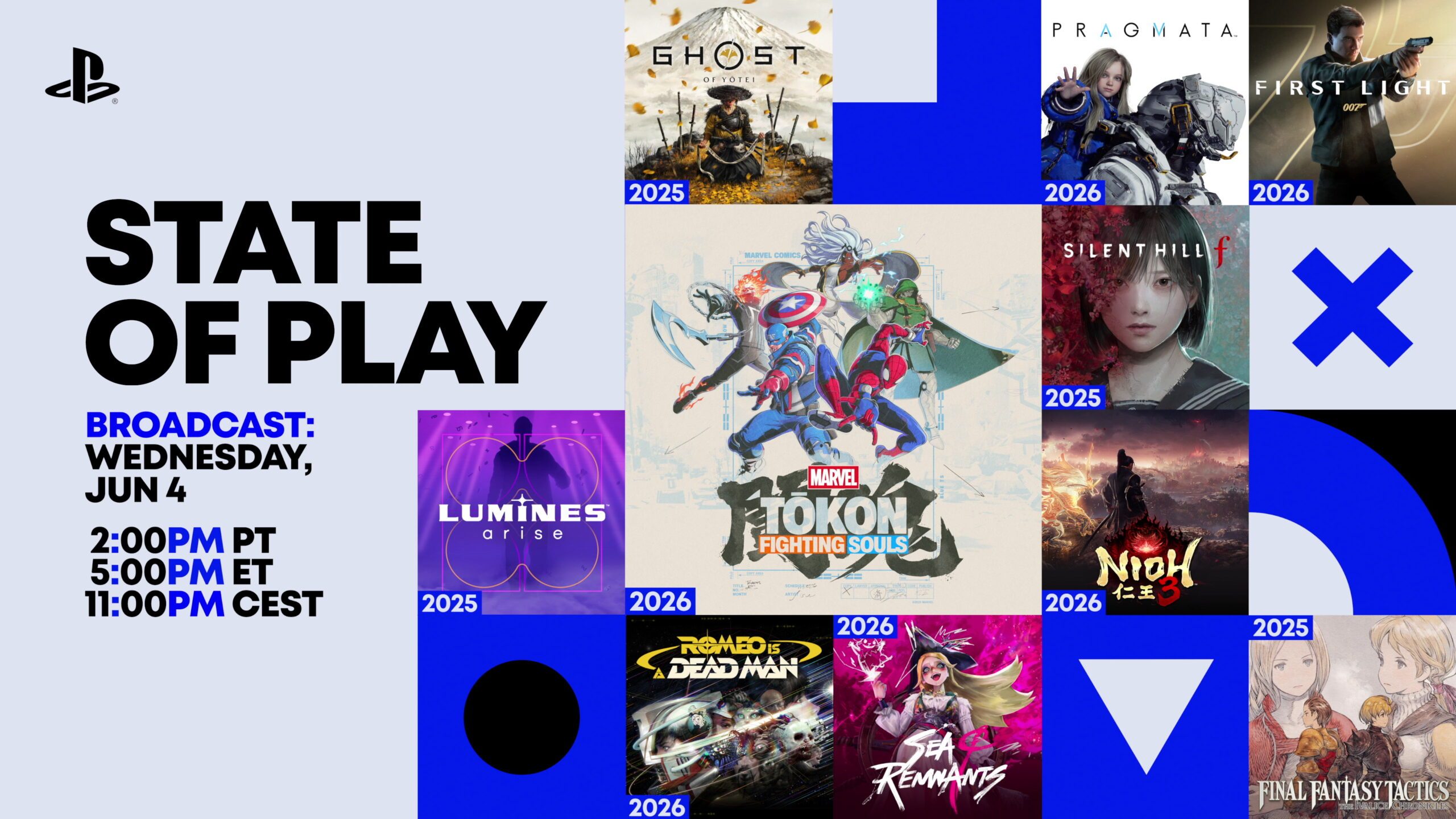



























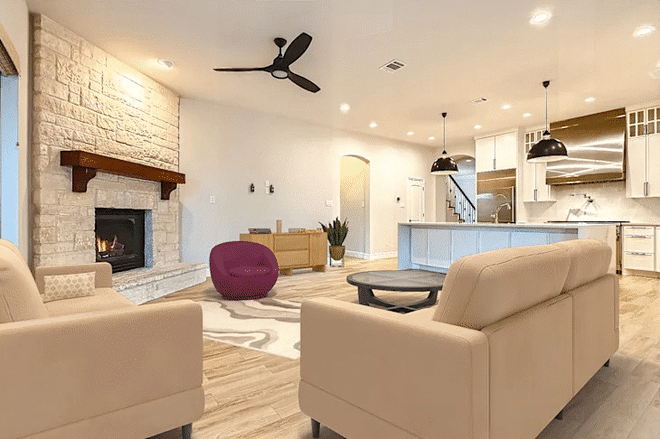




































































.jpg)


.jpg)




